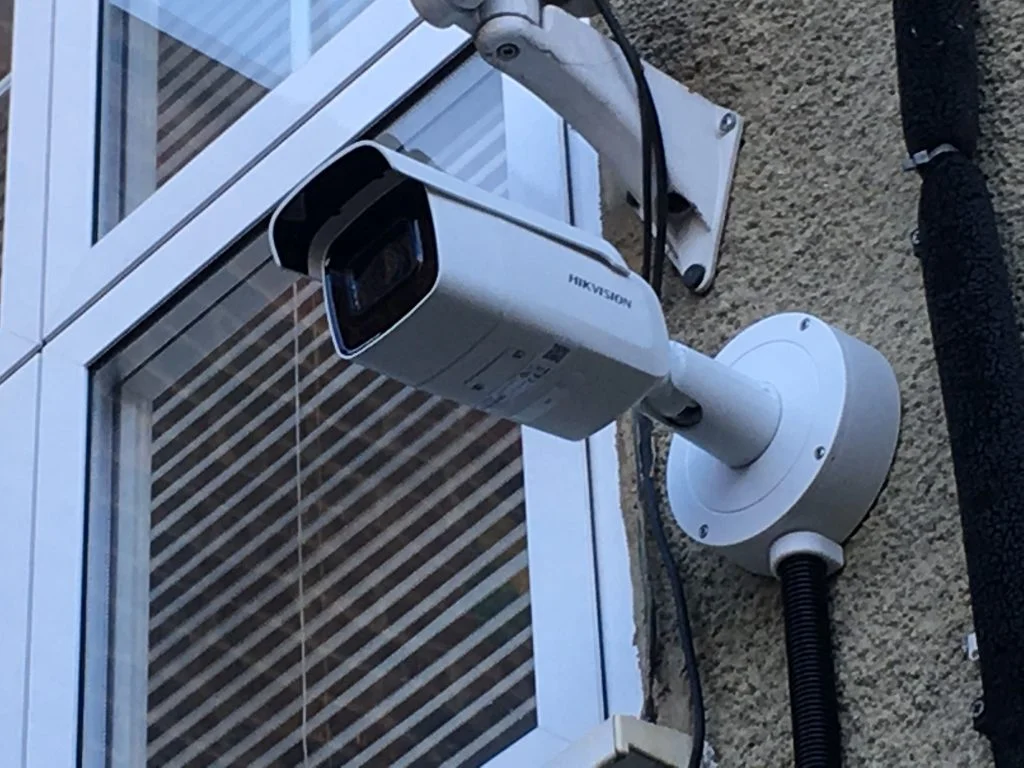Sponsored
Step-by-Step Guide to Alarm System Installation for Homes

Introduction
Ensuring the safety and security of your home is a top priority, and alarm system installation is a crucial step in achieving this. A well-installed alarm system not only protects your property but also provides peace of mind for you and your family. This guide will walk you through the essential steps for installing a home alarm system, helping you create a secure environment with confidence.
1. Assess Your Security Needs
Before diving into alarm system installation, start by assessing your home’s security needs. Identify vulnerable areas that require monitoring, such as entry points (doors and windows), driveways, and garages. Consider the size of your home, the number of rooms, and any specific areas that need extra protection. This assessment will help you determine the type and number of sensors, cameras, and control panels required for optimal coverage.
2. Choose the Right Alarm System
Based on your security assessment, select an alarm system that fits your needs. Modern alarm systems come with various features, including motion sensors, door/window contacts, and surveillance cameras. Decide whether you prefer a wired or wireless system. Wired systems offer reliable connections but may require more extensive installation work, while wireless systems are easier to install and offer flexibility. Choose a system that provides the features and level of protection you require.
3. Plan the System Layout
Plan the layout of your alarm system installation carefully. Mark the locations for sensors, cameras, and control panels. Ensure that cameras cover all critical areas, and sensors are placed on doors and windows. The control panel should be easily accessible but hidden from plain sight to avoid tampering. Proper planning will ensure that your system provides comprehensive coverage and operates effectively.
4. Install Sensors and Cameras
Begin the alarm system installation process by installing sensors and cameras according to your layout plan. For door and window sensors, attach the contact points to the frames and ensure they align properly. Install motion sensors in high-traffic areas or near entry points to detect movement. Mount surveillance cameras in strategic locations, ensuring they are positioned to capture clear and unobstructed footage. Follow the manufacturer’s instructions for each component to ensure proper installation.
5. Set Up the Control Panel
The control panel is the central hub of your alarm system installation. Install the control panel in a secure and accessible location. Connect it to your sensors and cameras according to the wiring or pairing instructions. For wireless systems, follow the pairing process to connect each component to the control panel. Test the connections to ensure that the system is communicating properly and all components are functioning as expected.
6. Test the System
Once all components are installed, conduct a thorough test of your alarm system installation. Check each sensor and camera to ensure they are working correctly and responding to triggers. Test the alarm’s response time and verify that notifications are being sent to your smartphone or monitoring service. Adjust any settings as needed to fine-tune the system’s performance and ensure optimal coverage.
7. Train Your Family
After installation, educate your family members on how to use the alarm system effectively. Explain how to arm and disarm the system, respond to alarms, and use any additional features like panic buttons or remote access. Ensuring that everyone understands how to operate the system will help maintain security and prevent false alarms.
Conclusion
Alarm system installation is a vital step in protecting your home and ensuring the safety of your loved ones. By following this step-by-step guide, you can set up a reliable and effective alarm system tailored to your home’s needs. For professional installation and support, trust Satfocussecurity—your expert partner in delivering top-quality alarm systems and ensuring the security of your property.



